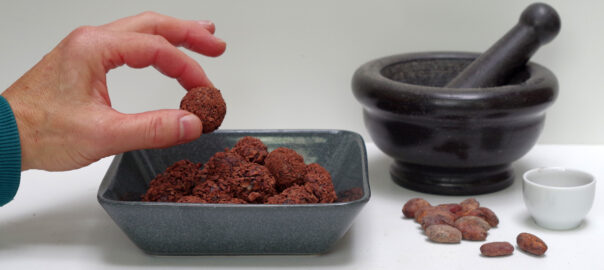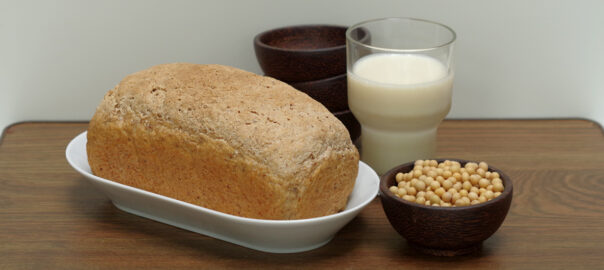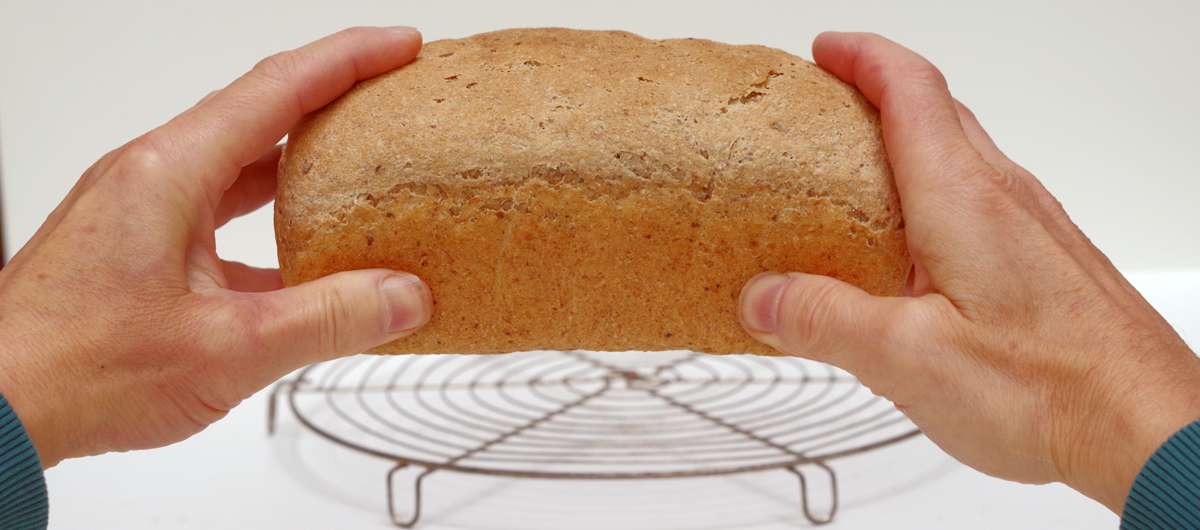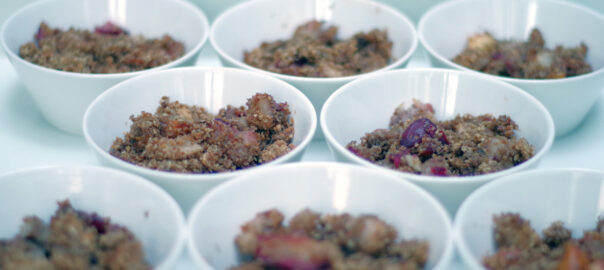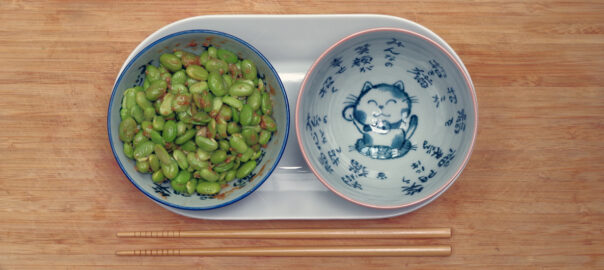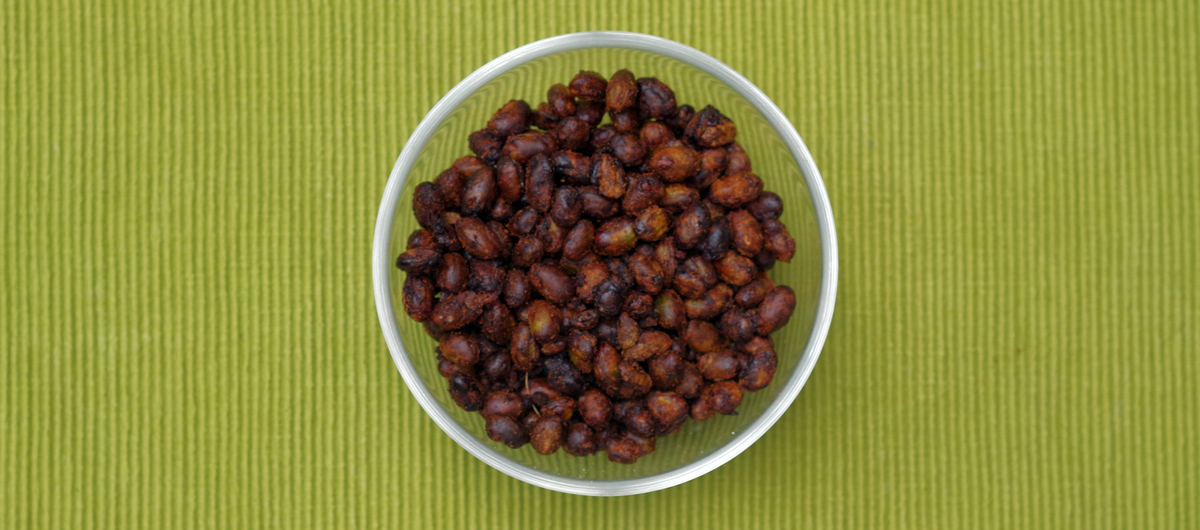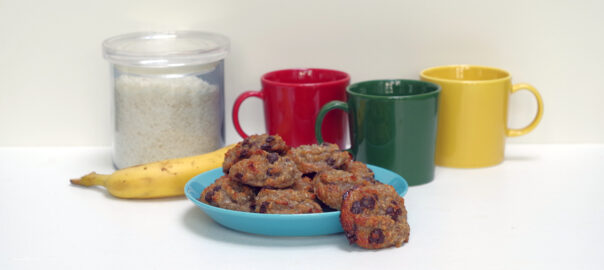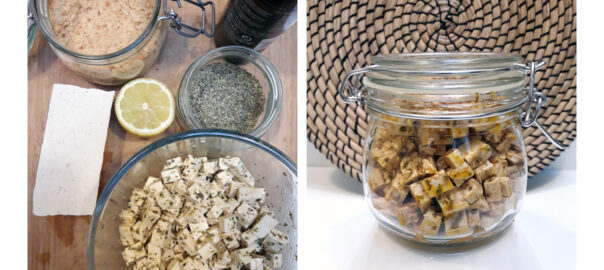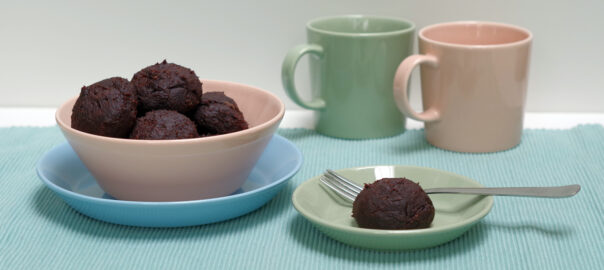Yoga Kitchen – Simple, healthy, and plant-based
Long live honest food
This country has a tradition of chocolate bonbons, or popularly known as the Belgian pralines. These things can be bought in all decent shopping streets, often in specialised shops. They come in endless colours and shapes. The duty-free zones in our airports are almost paved with them, as it were. These chocolates have a kind of luxury image. Many tourists take them as souvenirs. And even at parties, birthdays or other special occasions, they are among the standard gifts offered.
And what if they were a well-organised scam? Those things are full of added sugar, fats and dairy products. In any case, what you pay for with your good money does not benefit your health. In reality, it is pretty inferior food that is sometimes sold pretty expensive. At best, it is one stage on the highway to sugar addiction and diabetes.
So should you completely miss out on the typical taste of these chocolate treats?
Well no! On the contrary. Following my personal opinion on Belgian chocolates, here comes the good news:
With dairy-free, pure natural ingredients and no added sugars, you conjure up chocolate balls in a jiffy that are so delicious that pralines soon become a vague and uncomfortable memory.
What ingredients do you need?
- 75 g brazil nuts
- 140 g juicy medjoul or mazafati dates
- a pinch of sea salt
- 15 g (about three tablespoons) ground coconut
- 5 g (one and a half tablespoons) (raw) cocoa powder
- about 20 g of cocoa nibs or raw cocoa beans
This is how to prepare them
- Grind the raw cocoa beans or cocoa nibs finely enough in a food processor with S-shaped blade and keep them aside
- Add all the other ingredients together in the food processor and grind into a coarse, cohesive dough
- Roll 12 to 16 balls of the dough
- Then roll the balls through the ground cocoa flakes until they are coated all around
There you are, all done!
If you roll more than 12 balls, you may need some extra ground cocoa bean, as the total surface area of the balls will be larger than for 12 pieces.
This recipe yields about 258 g.
The taste test
These cocoa balls taste downright heavenly and have a well-balanced, rich sweet flavour. The outer layer of cocoa flakes gives them a pleasant, gently bitter crunch. In my opinion, they stand head and shoulders above classic pralines or chocolate bonbons in terms of taste and sophistication.
The health verdict
Brazil nuts contain healthy fats, a good amount of protein (14 g per 100 g of nuts) and are unique in the nutritional world for their high content of the mineral selenium. We need selenium as an essential micronutrient. One brazil nut a day and you basically meet your selenium requirement. There is no added or refined sugar in these raw bullets, nor milk, butter or added oil. The dates provide the sweet taste and, on top of that, they add a nice content of fibre and a whole range of minerals like copper and potassium as an extra. This is healthy snacking as it really should be.
Cocoa bullets with brazil nuts and dates, per 100 g product
| Energy | Carboh. | Sugars | Fat | Sat. Fat | Protein | Fibre | Salt |
|---|---|---|---|---|---|---|---|
| 437 kJ/849 kcal | 51,6 g | 38,0 g | 27,4 g | 10,0 g | 7,83 g | 6,0 g | 0,2 g |
Participate in our cooking classes:
Read more about plant-based nutrition and health:
Read more about plant-based food
Find out about yoga and yoga classes in Schaerbeek:
Check out our yoga classes here:

